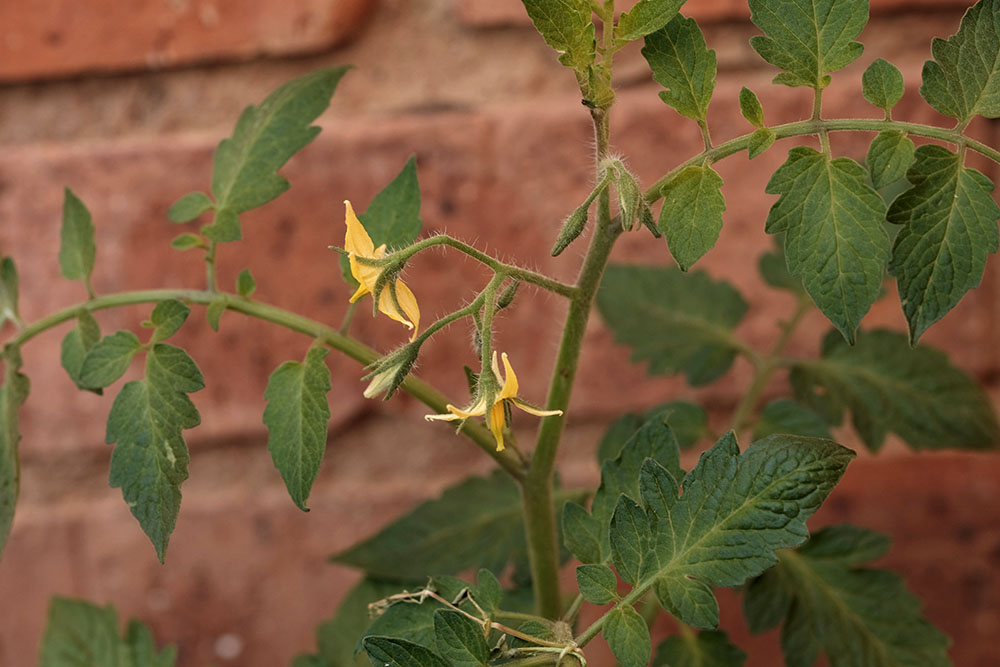The effect of low intensity radiation on flowering
Changing the length of the dark and light periods is another way of growth control. It is an important aspect of greenhouse culture, especially flowers. Photoperiodic response is a plant’s reaction to changes in daylight length or night periods. It influences flowering, bulbing, tuber formation, elongation, leaf abscission, dormancy, bud break, seed germination and sex expression. There are three types of reaction or classification; day-neutral, short-day and long-day plants.
Light or dark periods, temperature and nutrition affect the photoperiodic response. There are differences in varietal responses to light. Some varieties might have a photoperiodic response while other varieties of the same genus don’t react at all. Chemical growth regulators are sometimes used to modify a plant response that usually requires a specific photoperiod. Some species have a quantitive response. Day-length is not an absolute requirement. Examples are carnation, cosmos, snapdragon and petunias. Other species are qualitative, so short or long days are an absolute requirement such as kalanchoe, cocklebur, chrysanthemum and poinsettias.
Other plants require alternating periods of different light and dark. For instance, Bellflower (Campanula) flower only when short days follow long days. Chrysanthemum and poinsettia start flowering on short days, but if development is to continue, the days must be shorter. Asters require a long day for elongation, Thereafter the photoperiod is immaterial, but flowering will not occur before elongation.
It is difficult to distinguish between a true photoperiodic response and a response because a short day also reduces total photosynthesis. Reduction in photosynthesis results in less food production and less growth. Another problem, particularly in early research, was a high-temperature effect from incandescent lighting under a black cloth, which gives a clear response to lighting.
Some species have temperature requirements before or after a photoperiodic requirement is fulfilled. A plant’s photoperiodic reaction can be cancelled by exposing it to a specific temperature regime (vernalization) followed by day length control to flower. Poinsettia is a short-day plant at high temperatures. It becomes a long day responder at low temperatures. Some species of chrysanthemum and strawberry the requirement changes with temperature.
Below is a list of plants based on their photoperiodic reaction:
- Day-neutral plants: Cucumber, strawberries, some Jasmine, String beans, Maize, the common garden pea, pansies, tomatoes, peppers, celery and hydrangea.
- Short-day plants: Onions, chrysanthemum, hemp, squash, Cosmos, lettuce, cocklebur
- Long-day plants: China Aster, turnip, snapdragon, petunia, dive, carnation, camellia, oats, dill, primrose, coneflower and foxglove.



